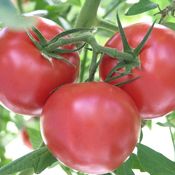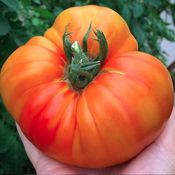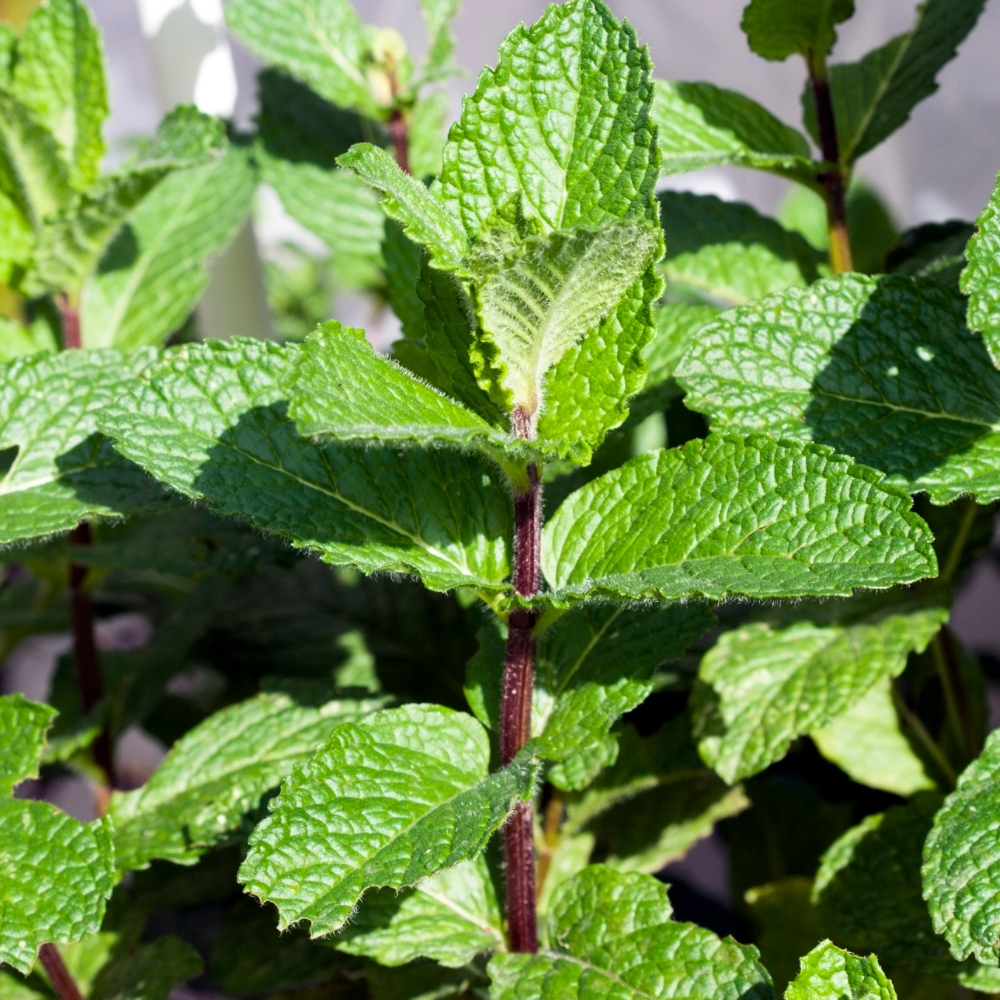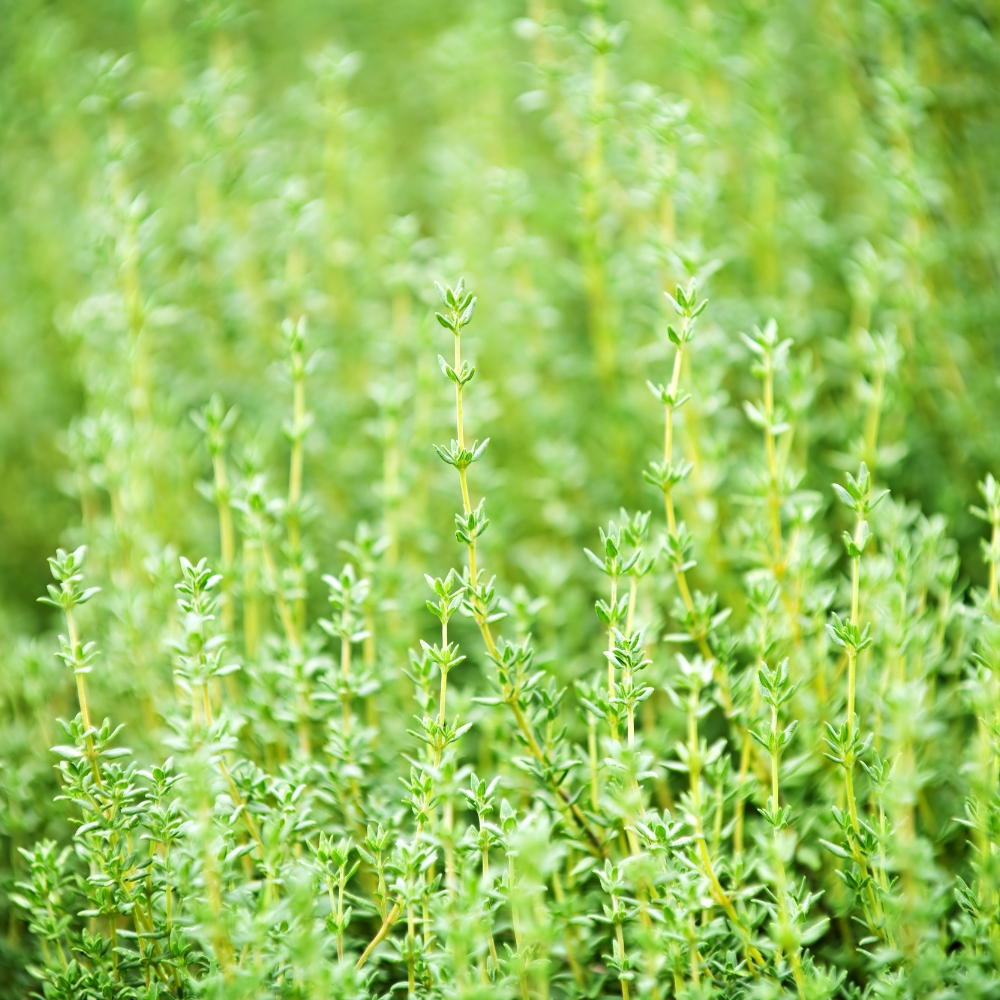Poinsettias are a beloved holiday decoration, but many people are disappointed when these stunning plants begin to fade before the season is over. The good news is that, with proper care, your poinsettia can thrive through the holidays, last through winter, and even rebloom next year! Imagine showing your friends or family that the poinsettia they gifted you is still bringing joy, year after year.
The True Poinsettia Flower
You may be surprised to learn that the actual flower of a poinsettia is a small, yellow center, surrounded by colorful bracts (modified leaves that often turn vibrant colors). These bracts, commonly red, can also be found in shades of white, pink, purple, and more, thanks to hybridization. Who knows what new colors we’ll see in the future?
A Common Misconception
Despite their reputation, poinsettias are only mildly toxic, not the dangerous holiday hazard many believe them to be. While it's still wise to keep them out of reach of curious pets and small children who might nibble on the leaves, accidental ingestion typically only causes mild irritation. Still, it's a good idea to display your poinsettias where they can be admired but not easily accessed.
No Bright Light, Please!
Poinsettias prefer bright, indirect sunlight—direct sunlight can scorch their delicate leaves. Aim for at least 6 hours of indirect light each day. During the cloudy, snowy winter days, you might want to supplement with a grow light for extra brightness. This will help your poinsettia maintain its festive color throughout the season.
Additionally, winter indoor heating can dry out the air, so your plant will appreciate some added humidity. Lightly misting it with room-temperature water or placing it on a humidity tray with pebbles and water will do wonders. Just be sure the pot doesn’t sit in standing water.
Avoid placing your poinsettia near heat vents, fireplaces, or in areas with cold drafts. If you're feeling uncomfortable, your plant is probably not too happy either!
To Transplant or Not?
Poinsettias need well-draining soil. A mix of potting soil, peat moss, and a bit of perlite or sand is ideal. If the soil tends to stay soggy after watering, it's a good idea to transplant your poinsettia into a larger pot with the right soil mix. When transplanting, gently remove most of the soil around the root system—there’s no need to be too aggressive.
After transplanting, water the plant gently with room-temperature water. Be sure to water only when the top inch of soil is dry, and avoid getting water on the bracts to prevent fungal growth. Keep an eye out for signs of root rot, which can occur with overwatering. Yellowing leaves, wilting despite moist soil, or a foul odor are red flags that you should check the roots. Healthy roots should be firm and white, not brown or mushy.
Post-Holiday Care
If you want your poinsettia to bloom again next holiday season, just follow the same care rules: avoid direct sunlight, don’t overwater, and keep it away from temperature extremes. Consistent temperatures between 60 and 70°F are ideal. After the holidays, remove the foil wrapping around the pot (or if your plant begins to yellow) to help ensure proper drainage.
Time to Rest!
Once the vibrant bracts fade, usually by February or March, your poinsettia will need some rest. Trim the plant back to about 6 inches, leaving a few leaves on each stem. Remove any dried or faded leaves, and fertilize the plant with houseplant fertilizer every two weeks. Water only when the top inch of soil is dry.
Preparing for the Outdoors: Repotting & Transition
As temperatures warm up, it’s time to prepare your poinsettia for its outdoor summer home! Here’s how to transition your poinsettia for the warmer months:
Wait for the Right Temperature
Before moving your poinsettia outside, make sure the outdoor temperatures are consistently above 50°F. Poinsettias are sensitive to cold, so don’t move them outside too early in the spring.
Repotting and Outdoor Care
-
Repot if needed: If your poinsettia has outgrown its container or the soil isn’t draining well, now is the time to repot. Choose a slightly larger pot with good drainage and a well-draining mix (such as a combination of potting soil, peat moss, and perlite). Gently remove the plant from its old pot, loosening the roots if needed, and transplant into its new home.
-
Outdoor location: After repotting, move your poinsettia outdoors to a shaded area with no direct sunlight. Poinsettias can be sensitive to full sun after being indoors, so gradual exposure to outdoor conditions is important.
-
Soil and environment: Poinsettias thrive in well-drained, slightly acidic soil. If planting directly in the ground (in USDA Hardiness Zones 9-11), choose a spot with bright, indirect light. If you’re keeping your poinsettia in a pot outdoors, consider using a humidity tray or lightly misting the plant to keep the air moist, especially in dry areas.
-
Watering and feeding: Continue your regular watering and fertilizing schedule. Water when the top inch of soil is dry, and feed with a balanced, water-soluble fertilizer every 4 weeks.
Late Spring to Summer Care
Trim the plant back to about 4 inches, leaving one to three leaves on each stem. Continue to water and fertilize as needed. Pinch the growing tips occasionally to encourage a bushier plant with more flowers.
Fall: Preparing for the Holidays Again
As the weather cools, if nighttime temperatures fall below 45°F, bring your poinsettia indoors. At this time, the plant begins preparing for its holiday bloom. To trigger blooming, your poinsettia needs 12-14 hours of complete darkness each day for 8-10 weeks. Even brief exposure to light during this period can disrupt the process. Many gardeners use a light-proof box or place the plant in a closet from 5 PM to 8 AM during this crucial period.
Pronunciation Guide
Finally, a holiday dilemma that always seems to spark conversation—how do you pronounce "poinsettia"? The correct pronunciation is poyn-SET-ee-uh (notice the absence of the "T" in the first syllable). However, poyn-SET-uh is widely accepted as well. The next time this topic comes up, you can confidently point to this article and end the debate! After all, there are much more fun holiday topics to discuss than plant pronunciations.

































































































































































































































































































































































































































































































































































































































































